Educational Expeditions
FantiLab and APPI have launched a project that offers students the chance to enhance their academic journey through hands-on activities in the field. Aimed at those studying geology or paleontology, this program allows participation in innovative projects, bridging theory and practice in an engaging experience.
Our Educational Projects
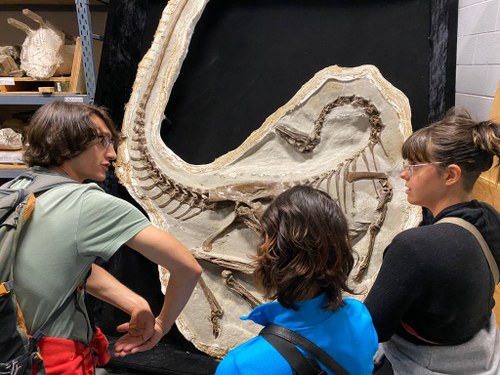
Canada - Alberta Educational Expeditions
The province of Alberta (Canada) has been at the center of dinosaur discoveries since the end of the 19th century, when several expeditions of the Geological Survey of Canada collected bones of the large Mesozoic reptiles in the southernmost part of the province. Some of the most important fossil sites, where stunning specimens have been collected, are located in the vast badlands along the Red Deer River, and in particular from the Dinosaur Provincial Park.
Many years have passed since the first experience in Canada (summer of 2003....) and even after many seasons spent in Alberta there are working on new and fascinating projects. The province of Alberta is vast and rich in fossiliferous localities: our team is working primarily in two areas. In the Grande Prairie region, a vast area dominated by the boreal forest, we work with the Philip J. Currie Museum and the University of Alberta. The Milk River valley, on the border with the United States, is dominated by arid badlands and for many years we have collaborated with the group led by Dr. David Evans of the Royal Ontario Museum in Toronto.
Every summer, approximately between July and August, our educational and training project provides scholarships for students of Italian universities to develop training internships and master thesis projects. The project is open to students with a background in Geological Sciences, Biological Sciences / Biodiversity and Evolution and Natural Sciences for geological survey activities, geo-paleontological prospecting and study and research of historical excavations of the study area.
Field activities of the Alberta Educational Expeditions started in 2022 involving students in the following activities:
Museum collections
One of the most important experiences for students is to visit local museums and most importantly their collections and laboratories. Thanks to the involvement of the Curators, we visited the collections of the Royal Tyrrell Museum (Drumheller) and the Philip J. Currie Dinosaur Museum (Wembley). We aim to provide students with a ‘behind the scenes’, sharing how a modern museum operates, history and preparation of fossil material, management of large collections, public-private relationships and local legislation. Furthermore, students can appreciate all the different steps of fossil preparation, from the field to their transportation and arrival in the museum facilities, to their preparation and final display.
Fieldworks
Our project aims to involve students in prospecting activities and supervised quarrying activities. Collecting dinosaur and other fossils from the rocks is a meticulous work that requires specific skills. Students can learn how to map, dig, plaster, and collect fossils from a quarry.
Geological survey
Field activities are carried out in a complex geological context that must be properly introduced to all participants as it represents a pivotal component of the research projects. A detailed study of the sedimentary beds in the area allows to properly evaluate the paleoecology, depositional systems, age, and vegetation characterizing the fossil faunal assemblages. In the Grande Prairie area the reference unit is the Wapiti Formation (Campanian-Maastrichtian); in the Milk River Valley area the reference units are the Oldman Formation and the Dinosaur Park Formation (Campanian).
Prospecting
Prospecting activities are crucial for finding new areas of interest as well as to re-locate historic quarries. While prospecting, researchers also gather important data on taxa represented in the sedimentary layers as well as their abundance and preservation. New sites are mapped using GPS systems, photographed, described and eventually sampled. Paleontological finds are finally identified and catalogued on a daily basis.
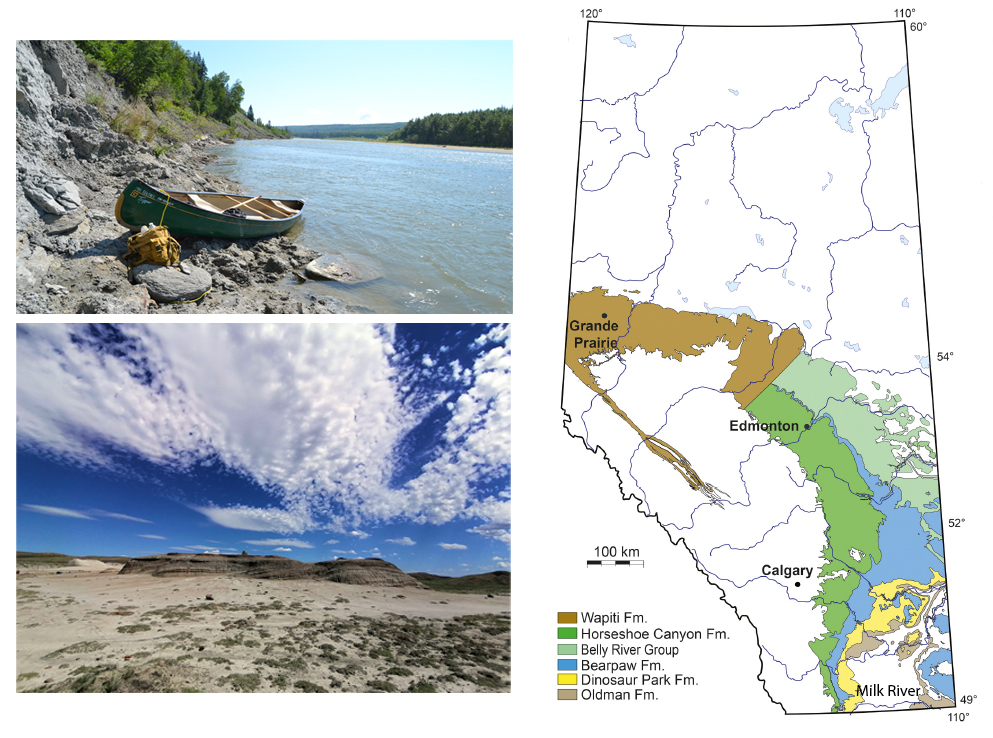
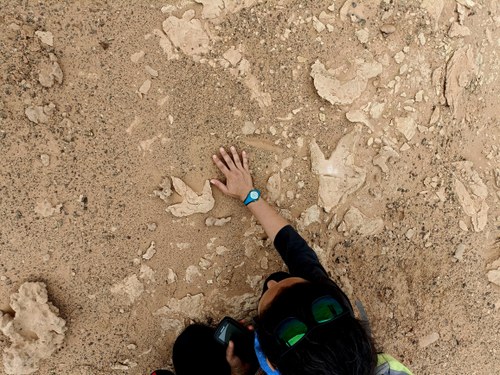
Mongolia - Nemegt Educational Expeditions
The Gobi desert in southern Mongolia has been a reference point for the study of dinosaurs and their world for over a hundred years. A five-year agreement signed between our research team and the Mongolian institutions provides the basis for a research project involving researchers and students from all over the world.
Our main research goals – we have started in 2007 – follows three three main lines:
· Geology, to date and reconstruct the Cretaceous ecosystems preserved in the Gobi sedimentary rocks;
· Paleontology, looking for new species and describe the numerous fossils collected in the region (dinosaurs, mammals, reptiles, fish and much more). We also aim to relocate historic sites from which important specimens have been collected;
· Protection of Mongolia's heritage, our contribution to contrast the black market of fossils in the region with the involvement of local institutions and schools.
In 2018 we edited a special volume that collects some of the most important ongoing initiatives and projects: The Late Cretaceous Nemegt Ecosystem: diversity, ecology and geological signature for the journal Palaeogeography Palaeoclimatology Palaeoecology.
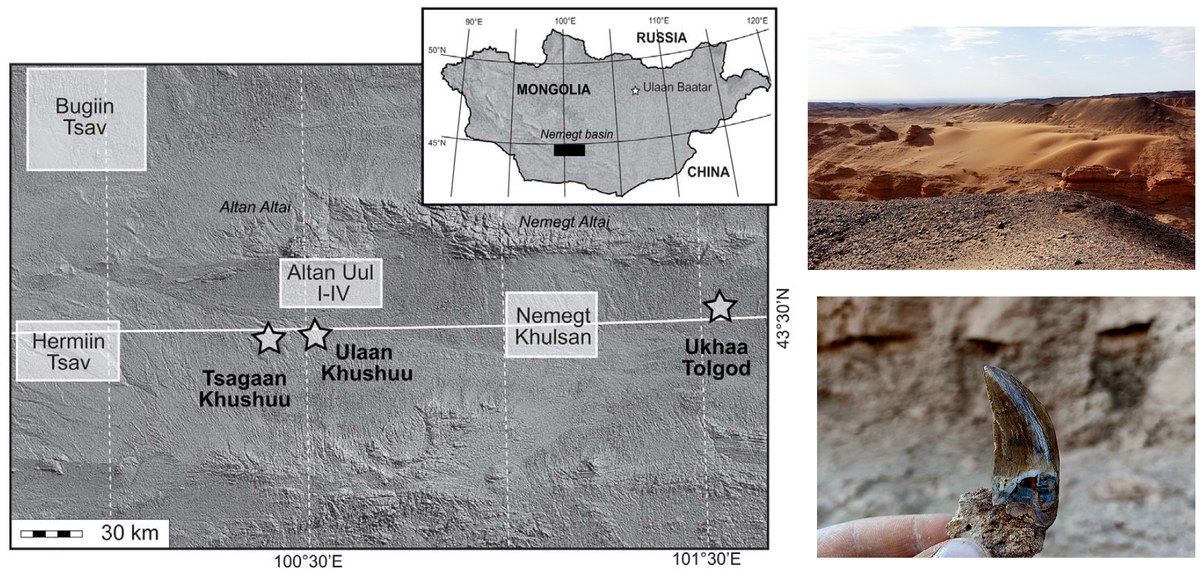
Fieldworks in Mongolia are complex to set and require maximum flexibility and the capability to adapt to extreme conditions. We commonly organize expeditions lasting approximately 25 days between mid August and mid September. During this time, participants also have the opportunity to visit the capital of Mongolia, Ulaanbaatar, with its thousand-year history, museums full of treasures and paleontology collections. Gobi expeditions require at least two days of off-road travel. Upon arrival, camp is set up and participants have 14 nights of camping, digging and prospecting.
By April each year we define a trip to Mongolia with our Mongolian colleagues: in so doing we evaluate the possibility to involve Ph.D. students with documented field experience in our research project.
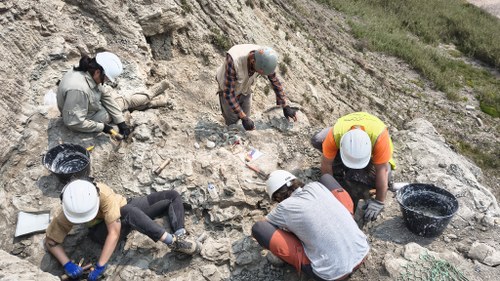
Portugal- Jurassic Horizons
In 2025, the BiGeA Department / FantiLab and the Museu da Lourinhã signed a framework agreement for scientific cooperation on the study of the Lourinhã Formation (Upper Jurassic). The Jurassic Horizon project aims to enhance one of the most interesting areas for vertebrate paleontology in Europe through scientific research, public promotion of the collections, and the valorization of the geo-paleontological heritage. Recent research coordinated by the Museu da Lourinhã has led to the discovery of new dinosaur species and of exceptionally well-preserved nests, eggs, and embryos, gaining international recognition. Thanks to intensive excavations and publications, the museum has built one of the most important collections of Mesozoic vertebrates in Europe. This scientific heritage, the result of the commitment of professionals, volunteers, and academic collaborations, has made the region a global reference point in paleontology and a key location for understanding the evolution of Jurassic ecosystems.
The joint objectives of FantiLab and the Museu da Lourinhã are:
• Research on stratigraphy, paleoecology, and paleontology;
• Educational exchanges and field training;
• Preparation and conservation of fossils and collection management;
• Promotion and digitization of the geological heritage.